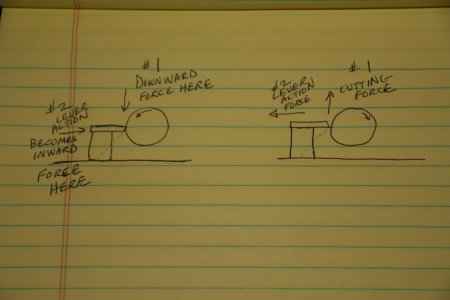- Joined
- May 6, 2014
- Messages
- 220
I'm making a wobble plate engine (Elmer's Engines). I needed some bronze bearings and I picked up a couple at Lowes. They were a bit longer than I needed, but figured I could part them easily enough on the lathe. My first attempts were less than successful. The bearings deformed in the chuck and with the light pressure required, they came loose while I was turning them which I learned does nothing for the bearing function or aesthetics. I ended up buying a couple new ones and building a mandrill to do the job. It worked pretty good. (I used a slower spindle speed and a carbide threading tool to do the parting. The photos uploaded in reverse from what I planned. The first photo is of the status of the engine so far.
Rick
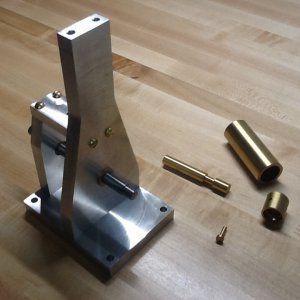
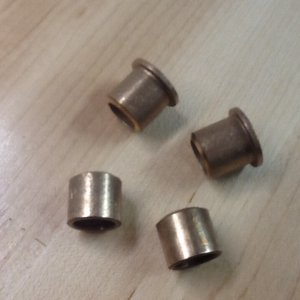
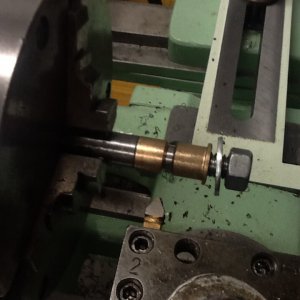
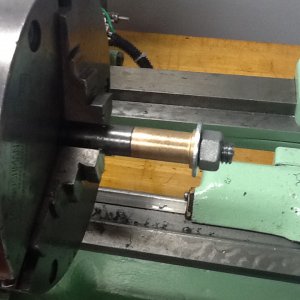
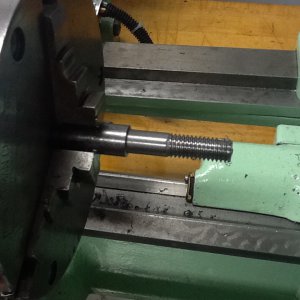
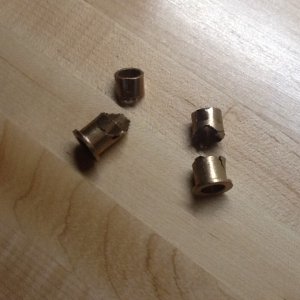
Rick








